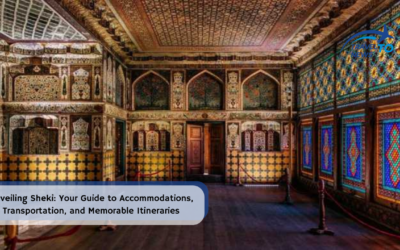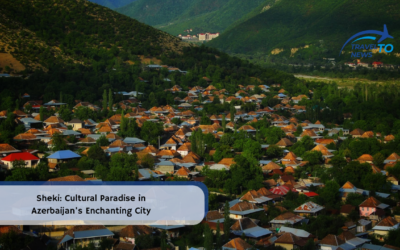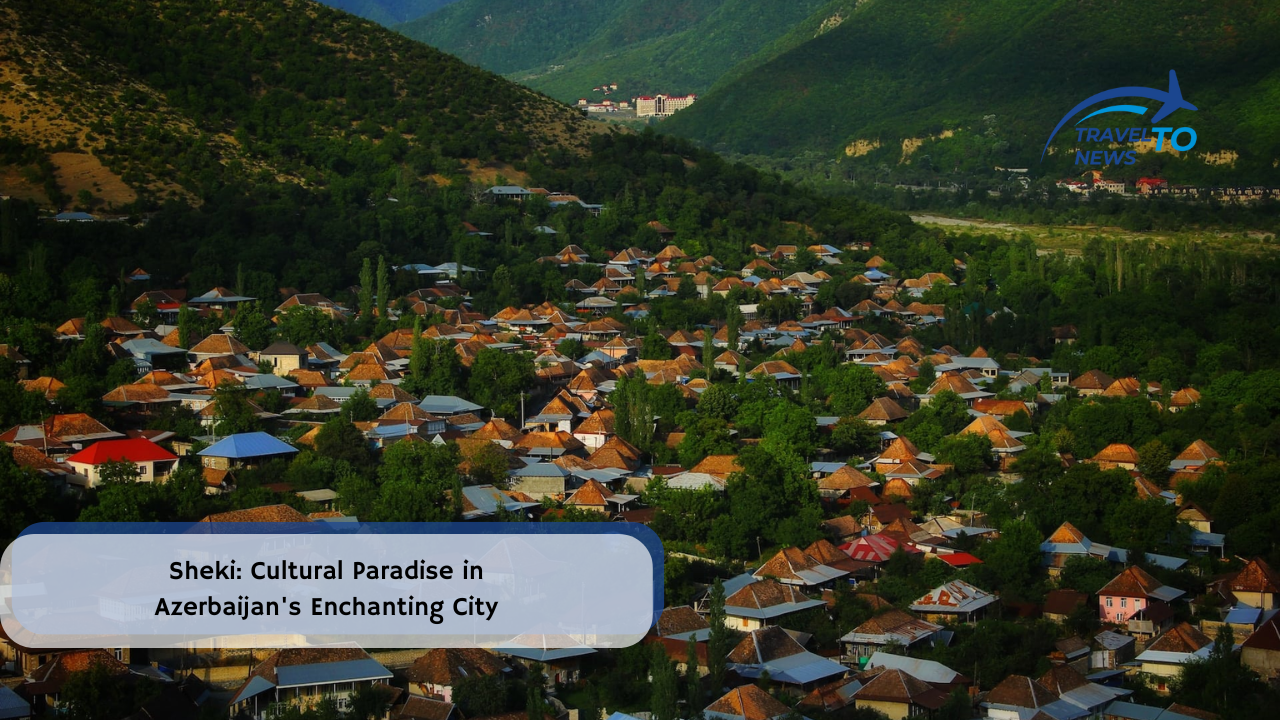Armenian Alphabet: A Timeless Legacy of Resilience and Ingenuity
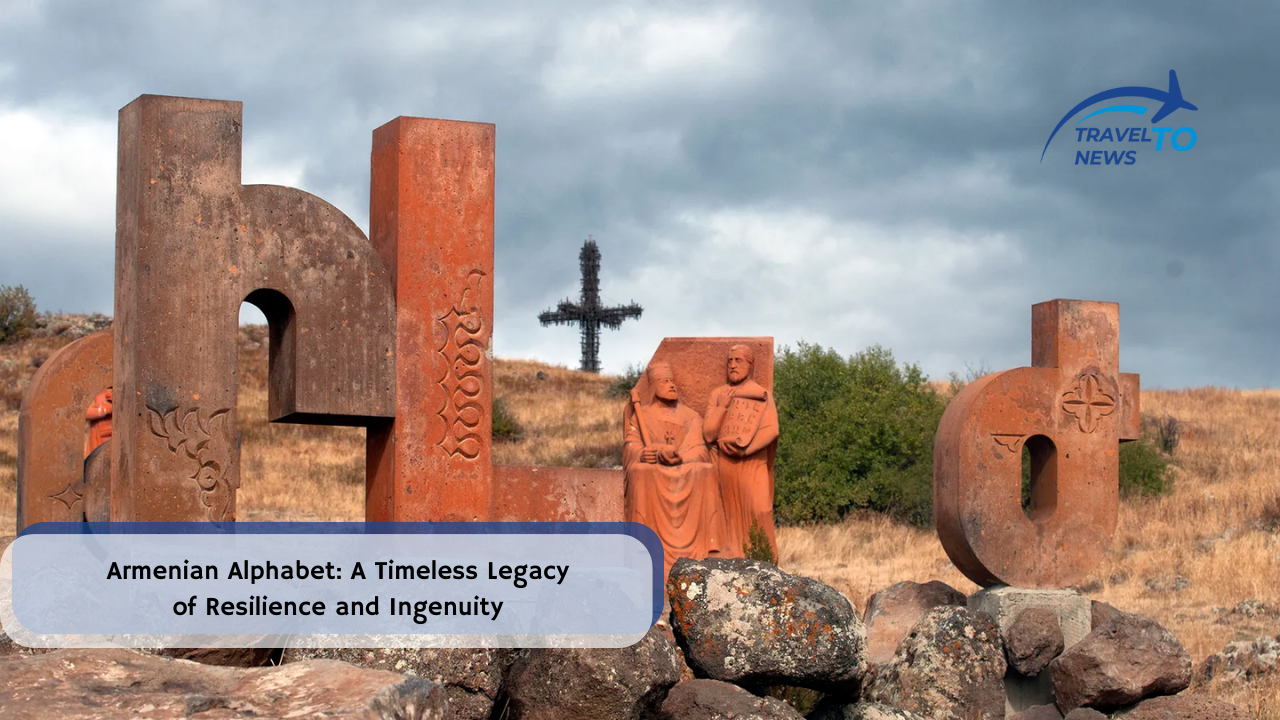
One chilly morning in late autumn, I left Yerevan, the capital of Armenia, and took a drive through the hills. After about 30 minutes, the driver stopped the car, and my guide, Sofya Hakobyan, gestured for me to step out.
To my left, I saw Mount Aragats, covered in snow, standing tall in the distance. The landscape around us looked a bit barren, with sandy-brown hills and some small stone sculptures scattered on the slopes. Hakobyan explained that we were at Alphabet Park, built in 2005 to celebrate the 1,600th anniversary of the Armenian alphabet.
The statues, carved from different colored stones, displayed flowers and symbols. Hakobyan pointed out the letters of the Armenian alphabet, created by Mesrop Mashtots over 1,600 years ago. We walked to a U-shaped statue, and Hakobyan said, “This is our Armenian ‘A’ in uppercase.”
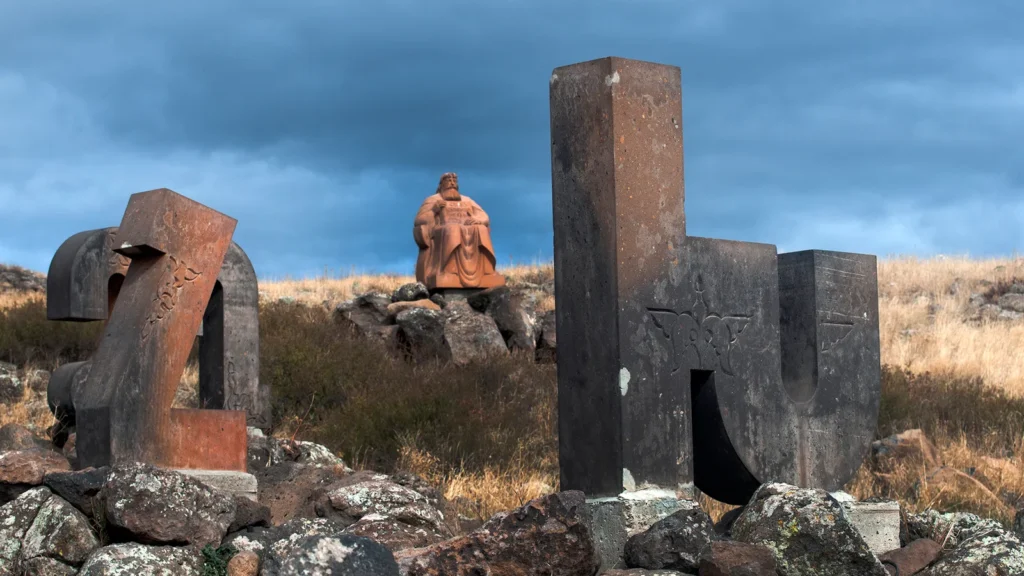
The letters were designed in very distinctive shapes, with an independent character, very dissimilar to the lettering of other written languages of the time
At Matenadaran, a library and research institute in Yerevan, I learned from Emma Horopyan that it holds one of the world’s largest collections of ancient manuscripts. Grigor Stepanian, an architect, showed me around the building adorned with statues of philosophers and scholars. He emphasized the importance of Mesrop Mashtots, the man who invented the Armenian alphabet.
Mashtots designed the alphabet to translate the Bible into Armenian, Stepanian explained. In 301 CE, Armenia became the first nation to adopt Christianity, but converting people was challenging. Mashtots cleverly created an alphabet that made it easy for Armenians to understand Christian texts, as they were already familiar with their spoken language.
Stepanian highlighted that the alphabet gave Armenians a new identity and pride. Despite centuries of foreign rule and oppression, the alphabet remained a symbol of resilience. In 1991, Armenia gained independence from the Soviet Union.
Hakobyan and Stepanian emphasized the significance of the alphabet in preserving Armenian culture. As we walked through Alphabet Park, Hakobyan explained how the letters, carved from volcanic rock, have been part of a continuous literary tradition.
The Armenian alphabet, known for its aesthetic appeal, is also recognized by UNESCO. Hakobyan revealed that besides being used for writing, the letters have a complex numerical system. Each letter has a numerical value, and when arranged in columns and rows, they represent digits and can be used for mathematical calculations.
As we left the park, I reflected on the enduring legacy of the Armenian alphabet. Clouds drifted over Mount Aragats, and a local family arrived at the park. Two young girls, dressed in bright jackets, played among the giant letters, inheriting a linguistic and cultural legacy from Mesrop Mashtots, whose statue stood nearby in the wind-swept landscape.



